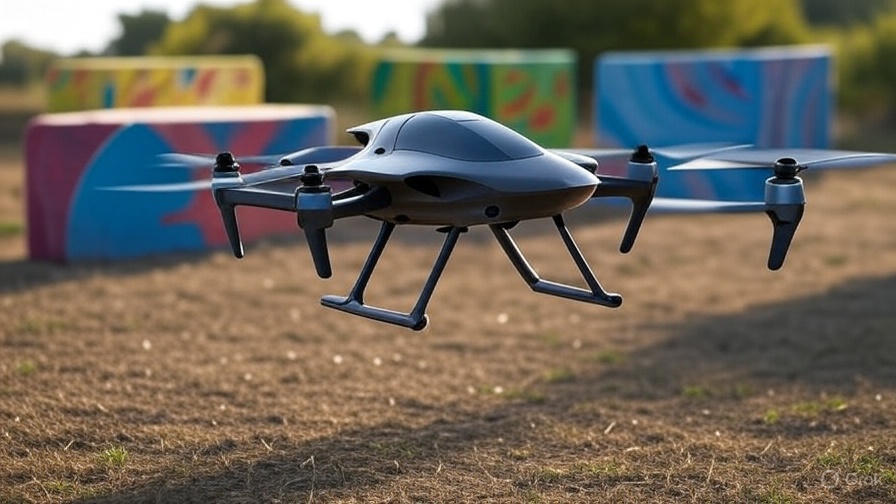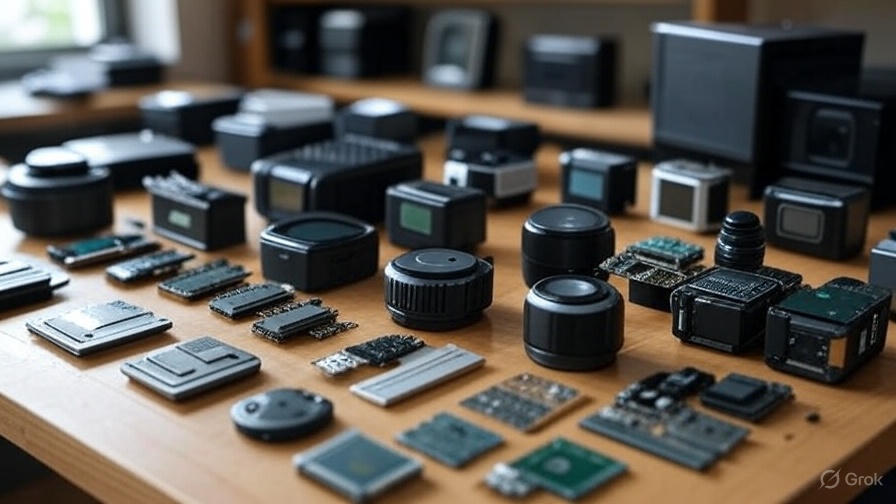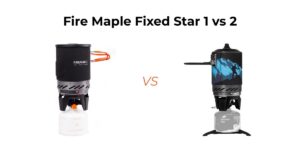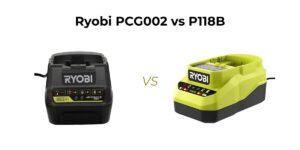Introduction
If you’re curious about how drones dodge obstacles like pros, you’re in the right place. Drones are getting smarter every day, and their ability to avoid crashes is a big reason why. Whether it’s buzzing through a forest or navigating a busy construction site, drone sensors for obstacle avoidance are the secret sauce. In this guide, I’ll break down what these sensors are, how they work, and why they’re a game-changer for drone safety. Let’s get started!
What Are Drone Sensors for Obstacle Avoidance?
Imagine you’re driving a car, and you’ve got to swerve to avoid a tree or stop before hitting a wall. Drones do something similar, but instead of a driver, they rely on sensors to “see” the world around them. These sensors act like the drone’s eyes and ears, helping it detect obstacles and make split-second decisions to avoid crashes.
Obstacle avoidance tech is all about keeping drones safe. Whether you’re flying a drone for fun, filming epic videos, or using it for serious stuff like inspecting power lines, these sensors make sure your drone doesn’t end up as a pile of broken parts. They’re packed with cool tech like cameras, lasers, and radar—pretty sci-fi, right?
Why Obstacle Avoidance Matters?
Drones are everywhere these days—delivering packages, capturing stunning aerial shots, or even helping with search and rescue. But flying in tricky spots, like cities or forests, can be risky. Without obstacle avoidance, a drone might crash into a tree, a building, or even a person. That’s not just bad for the drone; it can cause damage or injury.
Obstacle avoidance tech makes drones safer, smarter, and more reliable. It’s like giving them a superpower to navigate tight spaces or dodge unexpected objects. Plus, it saves you from expensive repairs and keeps your drone flying longer.
How Do Drone Sensors Work for Obstacle Avoidance?

Okay, let’s get into the nitty-gritty. How do drones actually “see” obstacles and avoid them? It all comes down to a combo of sensors, software, and some seriously smart algorithms. Here’s a simple breakdown of how it works:
- Sensors Detect the Environment: Drones use different sensors to scan their surroundings. These sensors pick up data about nearby objects, like how far away they are or what they look like.
- The Brain Processes the Data: The drone’s onboard computer (or flight controller) takes all that sensor data and figures out what’s going on. Is there a wall ahead? A tree branch? A moving car?
- Algorithms Make Decisions: Special software, often powered by artificial intelligence (AI), decides what to do. Should the drone stop, swerve, or climb higher? The algorithms make these calls in milliseconds.
- The Drone Takes Action: The drone adjusts its flight path—maybe it slows down, turns left, or hovers in place—to avoid the obstacle.
It’s like a super-fast game of dodgeball, but the drone’s playing it in 3D space!
Types of Sensors Used in Drone Obstacle Avoidance

Drones use a bunch of different sensors to stay safe. Each one has its own strengths, and many drones combine them for the best results. Here’s a quick look at the main types:
1. LiDAR Sensors
LiDAR (Light Detection and Ranging) is like a laser-powered superhero. It shoots out laser beams and measures how long it takes for them to bounce back. This creates a super-accurate 3D map of the environment. LiDAR is awesome for spotting small or fast-moving objects, even in tricky conditions like fog or darkness. It’s used in high-end drones for things like construction site mapping or delivery services.
2. Cameras (Vision Sensors)
Cameras are the most common sensors. They come in a few flavors:
- Stereo Vision: Uses two cameras to create a 3D view, kind of like how your eyes work together to judge distance.
- Monocular Vision: A single camera that’s cheaper but less accurate in judging depth.
- RGB-D Cameras: These combine color and depth data for better obstacle detection.
Cameras are great for spotting objects and recognizing patterns, but they can struggle in low light or bad weather. That’s why drones often pair them with other sensors.
3. Ultrasonic Sensors
These sensors use sound waves to measure distance. They’re like the sonar bats use to navigate. Ultrasonic sensors are super reliable for short-range detection, like when a drone is flying close to the ground or walls. They’re not great for long distances or in noisy environments, though.
4. Radar
Radar uses radio waves to detect objects, even in rain, fog, or dust. It’s tough and reliable, making it perfect for drones flying in rough conditions. Radar can also measure the speed of moving objects, which is handy for avoiding things like other drones or cars.
5. Infrared Sensors
Infrared sensors detect heat or use light to measure distance. They’re useful in low-light settings, like night-time missions, but they can get confused by bright sunlight or other heat sources.
6. Time-of-Flight (ToF) Sensors
ToF sensors measure how long it takes for light to bounce back from an object. They’re similar to LiDAR but smaller and cheaper, making them great for compact drones. ToF is awesome for precise measurements in tight spaces.
Sensor Fusion: The Ultimate Teamwork
Most modern drones don’t rely on just one sensor—they use sensor fusion. This is when the drone combines data from multiple sensors (like LiDAR, cameras, and radar) to get a clearer picture of the world. Think of it like a superhero team-up: each sensor brings its own powers, and together, they’re unstoppable.
For example, a drone might use LiDAR for accurate distance measurements and cameras for recognizing objects. By blending the data, the drone can make smarter decisions, like dodging a tree branch while tracking a moving target. Sensor fusion boosts accuracy by up to 94.2% compared to single-sensor systems, according to recent studies.
Why AI and Algorithms Are a Big Deal?
Sensors are only half the story. The real magic happens in the drone’s brain—its software and algorithms. These are like the drone’s decision-making skills, telling it how to react to obstacles.
AI-Powered Navigation
Artificial intelligence (AI) is making drones smarter than ever. AI algorithms, like the YOLO (You Only Look Once) model, can analyze sensor data in real time to spot obstacles and predict their movement. For example, if a bird flies toward the drone, AI can figure out where it’s headed and adjust the flight path to avoid a crash.
AI also helps drones learn from experience. By training in simulated environments, drones get better at handling tricky situations, like navigating a crowded city or a dense forest. It’s like giving the drone a PhD in obstacle avoidance!
Key Algorithms for Obstacle Avoidance
Some of the big players in drone algorithms include:
- Kalman Filtering: Smooths out sensor data to make it more reliable, especially when combining GPS, IMU (Inertial Measurement Unit), and LiDAR.
- Vector Field Histogram (VFH): Helps drones pick the best speed and direction to avoid obstacles.
- A Algorithm*: Finds the shortest path around obstacles, though it might not always be the smoothest.
- B-Spline Curves: Creates smoother flight paths for better drone control, even if it takes a bit more computing power.
These algorithms work together to make sure the drone reacts fast—sometimes in just 50 milliseconds! That’s quicker than you can blink.
Top Drones with Obstacle Avoidance Tech
Want to know which drones are killing it in the obstacle avoidance game? Here are a few standouts:
- DJI Mavic 3: This beast has omnidirectional sensors (front, back, sides, up, and down) for 360-degree awareness. It uses cameras, infrared, and ultrasonic sensors, plus AI to dodge obstacles like a pro.
- Skydio 2+: Known for its amazing tracking abilities, this drone uses super fisheye lenses for full 360-degree vision. It’s a favorite for filming action scenes or navigating tight spaces.
- DJI Phantom 4 Pro: Offers five directions of obstacle sensing (no upward sensors) and is great for professional filming or inspections.
- Autel Evo: A solid choice with three-directional avoidance (forward, backward, downward) and a compact design for hobbyists.
These drones combine top-notch sensors with smart software to keep flights safe and smooth.
Benefits of Obstacle Avoidance Tech
So, why should you care about obstacle avoidance? Here’s what it brings to the table:
- Fewer Crashes: Nobody wants a broken drone. Sensors help avoid trees, walls, or even people, saving you money and stress.
- Safer Public Spaces: Drones with obstacle avoidance are less likely to cause accidents at events or in crowded areas.
- Indoor Flying: Sensors make it possible to fly drones in tight spaces like warehouses or factories without smashing into stuff.
- Lower Insurance Costs: For pros using expensive drones, obstacle avoidance can cut down on insurance premiums by reducing crash risks.
- Future-Proofing: As drones start delivering packages or pizzas, obstacle avoidance will be key to making them 100% safe and reliable.
Challenges and Limitations
Obstacle avoidance tech is awesome, but it’s not perfect. Here are a few hurdles:
- Lighting Issues: Cameras can struggle in low light or glare, which is why LiDAR or radar is often paired with them.
- Weather Conditions: Rain, fog, or wind can mess with some sensors, like ultrasonic ones.
- Cost: High-end sensors like LiDAR aren’t cheap, so budget drones might only have basic avoidance systems.
- Processing Power: Running all those sensors and algorithms takes a lot of computing juice, which can drain batteries or add weight.
Thankfully, companies are working hard to fix these issues with smaller, more efficient sensors and better AI.
What’s Next for Drone Obstacle Avoidance?
The future of drone sensors is looking bright! Here’s what’s on the horizon:
- Smarter AI: Drones will get even better at predicting obstacles, thanks to advances in machine learning. They’ll “think” more like humans, making split-second decisions with crazy accuracy.
- Tiny Sensors: New tech is making sensors smaller and more energy-efficient, so even budget drones will have top-notch avoidance systems.
- Swarm Navigation: Imagine a fleet of drones working together, dodging obstacles as a team. Advanced algorithms and communication tech will make this a reality for delivery or monitoring tasks.
- Beyond Visual Line of Sight (BVLOS): Obstacle avoidance is key for drones flying far from their operators, like for long-distance deliveries. Better sensors will make this safer and more common.
How to Choose a Drone with Great Obstacle Avoidance
Thinking about getting a drone with obstacle avoidance? Here’s what to look for:
- Sensor Coverage: Go for omnidirectional sensors (360-degree coverage) if you can. Drones like the DJI Mavic 3 or Skydio 2+ are top picks.
- Environment: If you’re flying in tough conditions (like rain or darkness), look for drones with radar or LiDAR for reliability.
- Budget: Basic drones with cameras and ultrasonic sensors are cheaper but less accurate. Spend more for LiDAR or sensor fusion if you need pro-level safety.
- Use Case: Hobbyists might be fine with three-directional avoidance, but pros (like filmmakers or inspectors) should aim for full coverage.
Wrapping It Up
Drone sensors for obstacle avoidance are like a safety net for your drone, helping it navigate the world without crashing. From LiDAR’s laser precision to AI’s quick thinking, these systems are making drones safer and smarter than ever. Whether you’re a hobbyist capturing cool footage or a pro inspecting a skyscraper, obstacle avoidance tech is a must-have.
As drones get better at dodging obstacles, we’ll see them take on bigger roles—delivering packages, saving lives, or even flying in swarms. So, next time you see a drone zipping through a forest or hovering near a building, you’ll know it’s those clever sensors keeping it safe.








